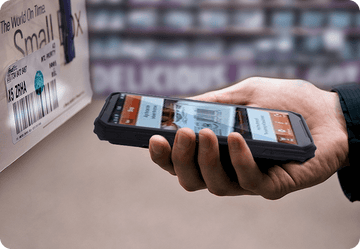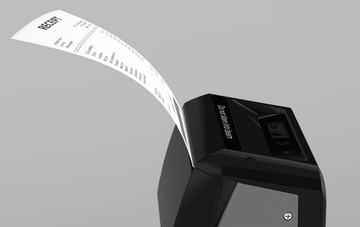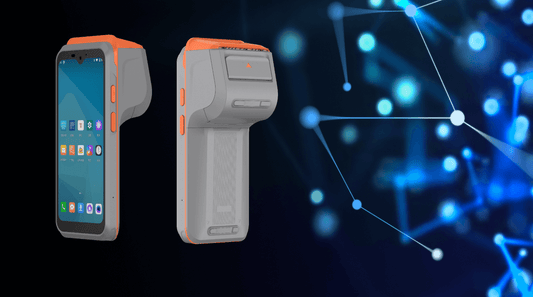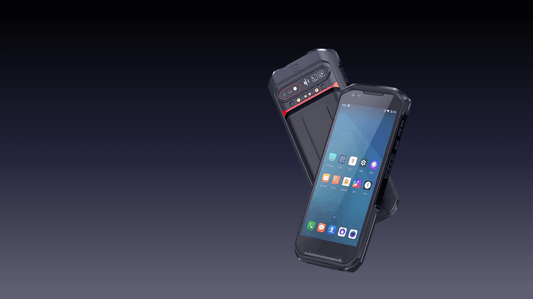Case Study: Enhancing Transparency and Accountability with Body-Worn Cameras in the Springfield Police Department
Introduction
In recent years, the use of Body-Worn Cameras (BWCs) has become a critical tool for law enforcement agencies worldwide. These devices, typically attached to an officer's uniform, record audio and video interactions between police and the public. The Springfield Police Department (SPD) in the United States implemented a BWC program in 2020 to improve transparency, reduce use-of-force incidents, and build trust within the community. This case study explores the challenges, implementation process, and outcomes of the SPD's BWC initiative.
Background
The SPD serves a diverse community of approximately 200,000 residents. In 2019, the department faced increasing public scrutiny following several high-profile incidents involving use-of-force allegations. Community leaders and advocacy groups called for greater accountability, prompting the SPD to explore technological solutions. After researching best practices and consulting with other law enforcement agencies, the SPD decided to pilot a BWC program.
Objectives
The primary goals of the BWC program were:
1. Enhance Transparency: Provide an objective record of police interactions with the public.
2. Reduce Use-of-Force Incidents: Encourage de-escalation and accountability.
3. Improve Community Trust: Demonstrate the department's commitment to fairness and justice.
4. Streamline Evidence Collection: Simplify the process of gathering and managing evidence for investigations and court proceedings.
Implementation
The SPD's BWC program was rolled out in three phases:
Phase 1: Planning and Procurement (January - March 2020)
The department formed a task force comprising officers, legal advisors, and community representatives to select the right BWC system. After evaluating several vendors, the SPD chose a model with high-definition video, night vision, and cloud-based storage. The department also developed policies addressing when and how officers should activate the cameras, data retention, and public access to footage.
Phase 2: Training (April - May 2020)
All officers underwent comprehensive training on the technical and ethical aspects of using BWCs. This included scenarios on when to activate the cameras, how to handle sensitive situations, and the importance of maintaining public trust. The training also emphasized compliance with privacy laws and departmental policies.
Phase 3: Deployment (June 2020)
The SPD issued BWCs to all patrol officers and supervisors. The rollout was accompanied by a public awareness campaign to inform residents about the program's purpose and benefits. The department also established a dedicated team to manage the storage, review, and release of BWC footage.
Challenges
The implementation of the BWC program was not without challenges:
1. Cost: The initial investment in cameras, storage, and training was significant. The SPD secured funding through a combination of city budget allocations and federal grants.
2. Privacy Concerns: Some community members expressed concerns about the potential misuse of footage and its impact on privacy. The SPD addressed these concerns by implementing strict access controls and transparency measures.
3. Officer Resistance: A small number of officers were initially skeptical about the program, fearing that the cameras would be used to micromanage their work. Over time, however, many officers came to appreciate the cameras as a tool for protecting both themselves and the public.
Outcomes
Since the implementation of the BWC program, the SPD has observed several positive outcomes:
1. Increased Accountability
The presence of BWCs has led to more professional interactions between officers and the public. Both parties are aware that their actions are being recorded, which encourages respectful behavior. In one notable case, BWC footage exonerated an officer who was falsely accused of misconduct during a traffic stop.
2. Reduced Use-of-Force Incidents
Data from the SPD shows a 25% decrease in use-of-force incidents since the introduction of BWCs. Officers report that the cameras serve as a reminder to de-escalate conflicts whenever possible.
3. Improved Community Relations
Community surveys indicate that trust in the SPD has increased by 15% since the program began. Residents appreciate the department's efforts to be more transparent and accountable.
4. Enhanced Evidence Collection
BWC footage has proven invaluable in criminal investigations and court proceedings. Prosecutors and defense attorneys alike have praised the clarity and reliability of the recordings.
5. Cost Savings
While the initial investment was substantial, the SPD has saved money by reducing the number of lawsuits and complaints filed against the department. The cameras have also streamlined evidence collection, saving officers time and resources.
Lessons Learned
The SPD's experience with BWCs offers several key lessons for other law enforcement agencies:
1. Community Engagement is Crucial: Involving community members in the planning process helps build trust and ensures that the program meets public expectations.
2. Training is Essential: Proper training ensures that officers understand how to use the cameras effectively and ethically.
3. Clear Policies are Necessary: Well-defined policies on camera use, data storage, and footage access are critical to the program's success.
4. Transparency Builds Trust: Regularly sharing information about the program's impact helps maintain public support.
The Springfield Police Department's BWC program has been a resounding success, demonstrating the potential of this technology to enhance transparency, accountability, and community trust. While challenges remain, the benefits far outweigh the costs, making BWCs an indispensable tool for modern policing. As more law enforcement agencies adopt this technology, the SPD's experience serves as a valuable model for others to follow.
No comments







0 comments